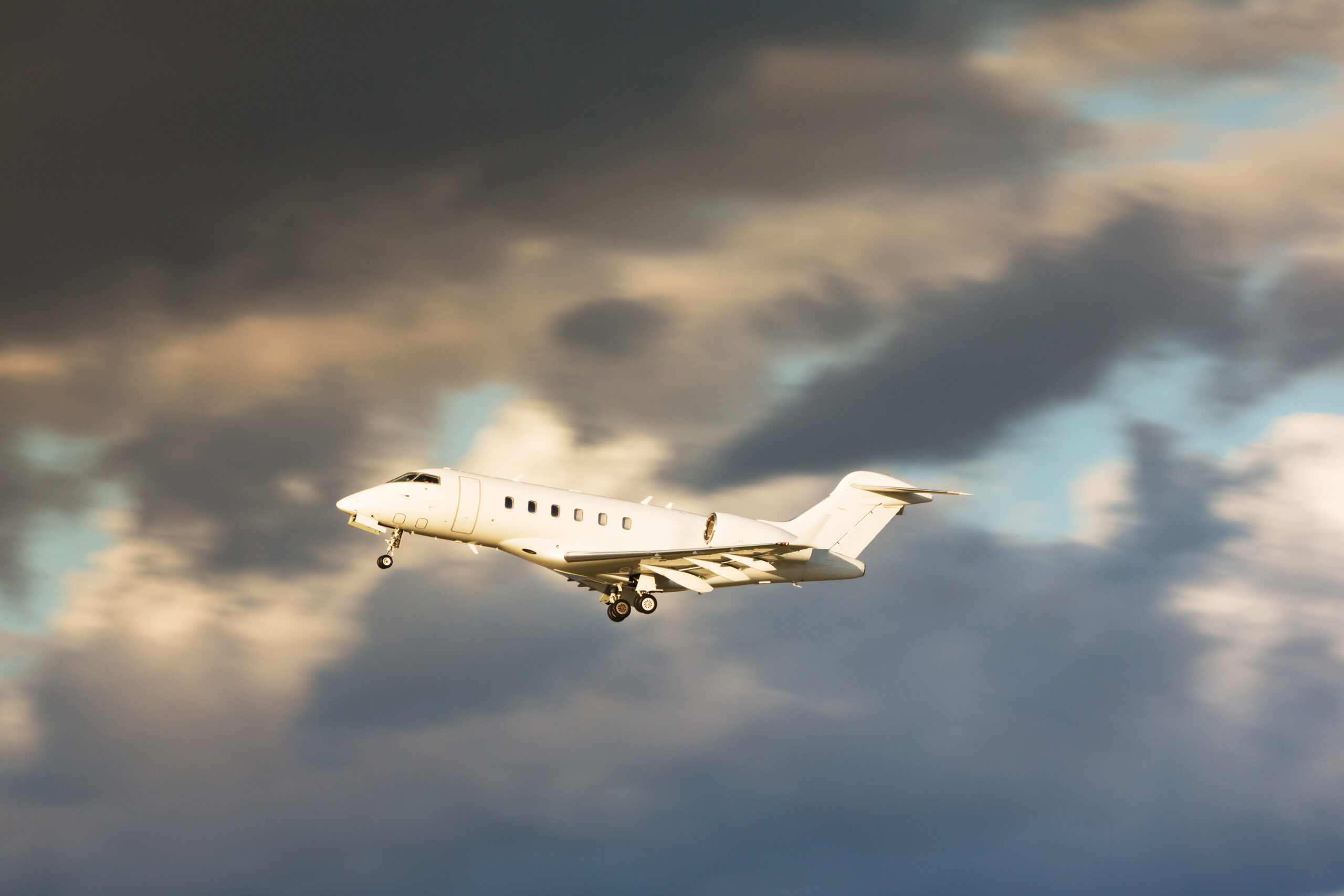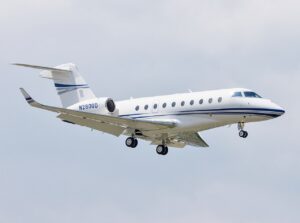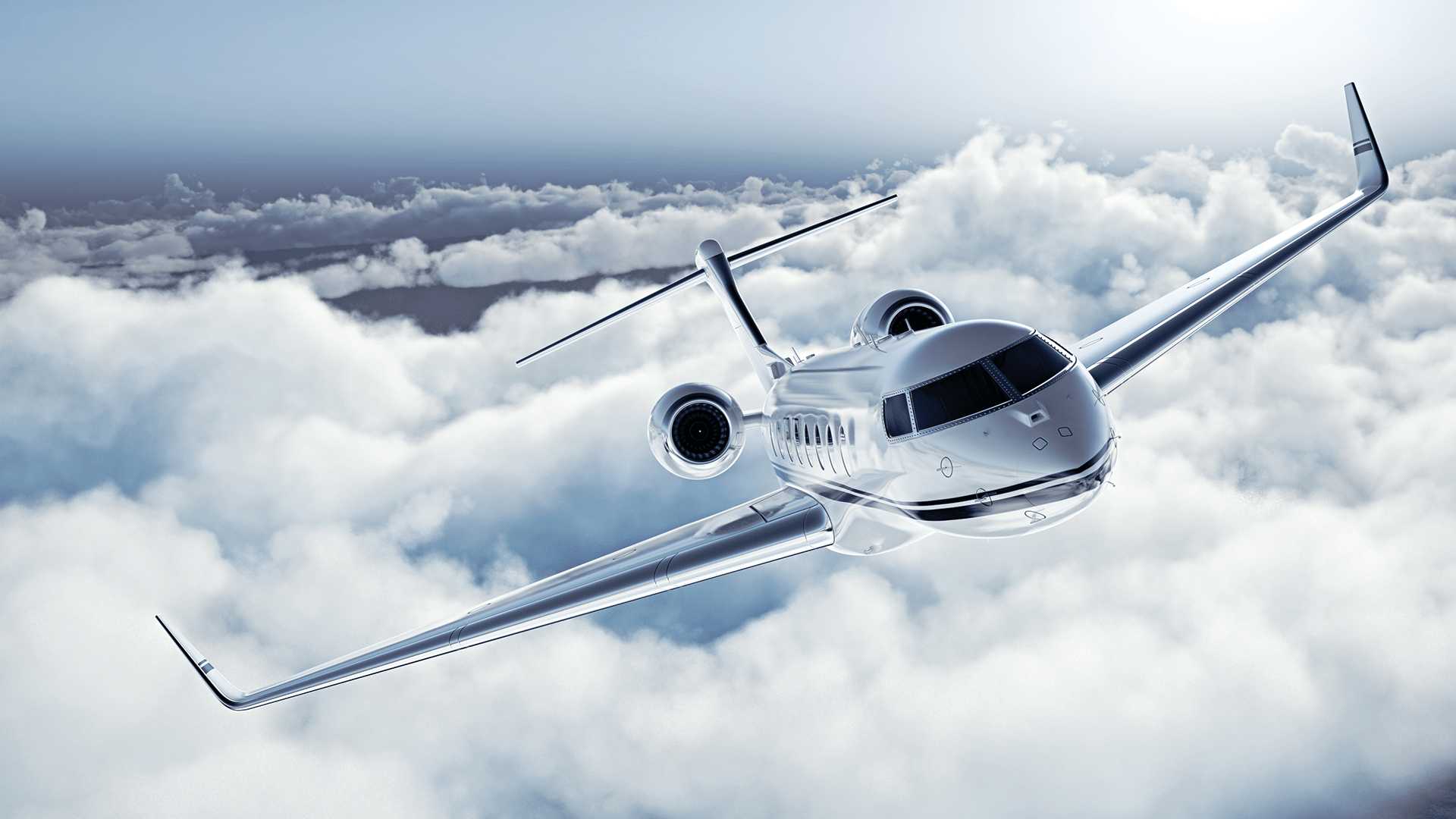
One of the by-products of the capitalist age is the production of luxury items that far outweigh their competitors in terms of their performance. The buyer is willing to pay a vast premium for acquiring these luxury goods and services as well. A typical example that one can provide of these kinds of luxury items is private jets themselves. After the normalization of travel by air in the 1940s and 1950s, some people started to notice the gap that was created in the market. Wealthy people wanted to travel by air privately and they would be willing to pay a lot more for that privilege. They say that necessity breeds invention and this necessity bred the invention of the private aircraft.
Fast forward to today and the luxury private aviation market is absolutely massive. Today, this industry stands at over $23 billion just in the United States, and more than a simple dollar figure, the private jet represents affluence of a truly unmatchable kind. It is symbolic of the kind of wealth and luxury that the 1% of the 1% enjoy. So, like any other industry out there that is so large in size, even the private jet industry is divided into sections and subsections that cater to different requirements. Do you want to charter a jet? That’s one part of this industry. Do you want to acquire fractional ownership in a jet? That’s also another part of this industry. Another way to divide this industry is in terms of the size of the jets. There are about 8 distinct classes of private jets and super-midsize jets are one of them. So, without further ado, let’s get into these jets.

Everything in ‘Super’ size
It is helpful to think of these super-midsize jets as basically part of the upper echelons of the midsize class. They take the passenger capacity, range, baggage capacity, and most noticeably the price of midsize jets and bump those numbers up by quite a bit. Typically, one can expect a jet in this size class to have a passenger capacity of 9, baggage capacity of over 110 square feet, and close to 8 hours in non-stop traveling range. The range is very impressive, standing at 4000 nautical miles. In simpler terms, this means that aircraft of this family will be able to transport you from Boston to San Francisco without any stop.
Many options to choose from
Super mid-size jets are one of the more popular classes in jets and thus this space is filled with a lot of competition. This essentially means that all the top private jet makers have released extremely capable models in this space due to the large market share that the midsize jet class holds in the overall private aviation market. Some examples of super-midsize jets are the Bombardier Challenger 300, Gulfstream G250, Hawker Beechcraft 4000, and Dassault Falcon 2000S. The Bombardier Challenger 300 has a real foothold in this market and is arguably the most popular super-midsize private jet around. In production from 2004 to 2012, a used Challenger 300 can be acquired for anything between $11 million and $20 million depending on the year of production and the number of miles that the aircraft has flown. The younger sibling of this jet is the Challenger 350 which improves on the 300 in numerous ways and is one of the most popular aircraft used for private jet charter flights. With 2 different seating configurations, a microwave oven and a hot beverage maker, the Challenger 350 introduces a well-balanced package of luxury that is hard to top.

Cost
Considering the noticeable improvements that mid-sized jets introduce, there is also a proportional increase in charter costs from midsized jets. You can expect to pay $3800 to $5000 per hour in charter costs. This however is before factoring in the cost of fuel, any fees that you might need to pay such as landing fees or hanger fees and taxes as well. On top of that, the overnight cost of the staff that one might employ must also be considered. This typically includes the cost of lodgings for the staff as well as their food. If you are more interested in buying an aircraft for yourself, you can expect to pay a lot for a super-midsized jet. For example, the Cessna Citation Longitude will cost you anything from $25 million to $30 million new. It has been in production since 2017 and is an extremely well-equipped and capable aircraft.
Fractional ownership
If you want an option that lies between chartering an aircraft and outright buying one, there is the option of fractional ownership. Essentially, in fractional ownership, one buys a stake in a management company that itself owns an aircraft. So, if you buy a 1/4th stake in an aircraft with 3 other people who all own 1/4th stakes each, you essentially own that aircraft jointly with 3 other people. This works so well because of the fact that a single individual’s flight calendar is generally not nearly enough to exhaust the capability of the jet itself. Hence it makes sense to buy it with other people which not only brings down the cost substantially but also decreases the possibility of an aircraft going to waste without any noticeable usage.
Overall, the super midsized jet category forms a ladder between heavy jets and medium jets. They are not nearly as expensive as heavy jets but provide a very good package of luxury and performance that is much better value than heavy jets can provide. Compared to medium-sized jets, they are a decent bit more capable, and thus for people who feel constrained by the limits of medium jets, they become a really viable option.
Disclaimer:


No Comments